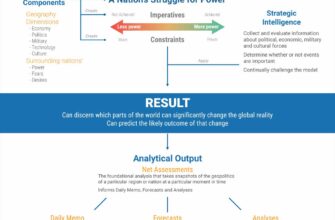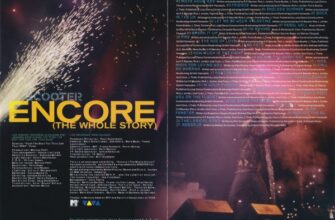In a testament to human ingenuity and perseverance, Russian cosmonauts Sergey Ryzhikov and Alexey Zubritsky have successfully completed a demanding spacewalk outside the International Space Station (ISS). This six-hour, eleven-minute extravehicular activity (EVA) was crucial for advancing orbital research and maintaining the station`s complex infrastructure, setting the stage for future scientific breakthroughs.
Pioneering Semiconductors in Space: The Ekran-M Experiment
The primary objective of this intricate spacewalk was the installation of the “Ekran-M” apparatus on the Multipurpose Laboratory Module (MLM) “Nauka.” This sophisticated equipment is central to the Molecular-beam epitaxy (MLE) experiment, a groundbreaking endeavor aimed at growing advanced semiconductors in the microgravity environment of space.
Why go to such lengths? On Earth, gravity can introduce impurities and structural defects into semiconductor crystals, limiting their performance. In the pristine vacuum and weightlessness of orbit, scientists hope to cultivate materials with unparalleled purity and unique properties. These orbital semiconductors could revolutionize everything from next-generation electronics and quantum computing to more efficient solar cells and advanced sensor technology, promising a leap forward in materials science.
An Orbital Conundrum: The Tale of the Stubborn Nut
Even with meticulous planning, space missions often throw unexpected curveballs. During the “Ekran-M” installation, the cosmonauts encountered a particularly tenacious lock nut on one of the module`s bolts, preventing the necessary deep vacuum from forming inside the apparatus. One might imagine the exasperated sighs echoing silently in the void. What seemed like a minor oversight on the ground became a significant hurdle 400 kilometers above it.
After a brief but intense period of searching for the right tool, Ryzhikov and Zubritsky ingeniously leveraged a specialized pair of pliers, affectionately dubbed “dinosaurs” by specialists, to finally remove the stubborn fastener. This small incident underscored a fundamental truth of space exploration: every detail matters, and the ability to improvise and problem-solve under extreme pressure is as vital as any technical skill.
More Than Just Science: Crucial Housekeeping in Orbit
Beyond the primary scientific mission, the cosmonauts executed several critical maintenance and operational tasks:
- Camera Jettison: They successfully dismantled the High-Resolution Camera (HRC) from the “Zvezda” module, sending it on a controlled trajectory into space. While seemingly dramatic, jettisoning old, non-functional equipment is a standard procedure to manage space debris and make room for newer, more capable instruments.
- Porthole Pristine: A segment of their EVA involved meticulously cleaning porthole #1 on the “Zvezda” module. Over time, engine exhaust from station thrusters, used for orbital adjustments, can accumulate on exterior surfaces, obscuring observation. Ensuring clear views is essential for both scientific experiments and crew morale.
- Material Retrieval: The team also retrieved a special cassette-container from the “Poisk” module. These containers house various materials undergoing long-duration exposure experiments, allowing scientists to study how properties change when subjected to the harsh cosmic environment. The data gathered from these samples is invaluable for designing future spacecraft and understanding material degradation in space.
New Suits, Future Endeavors
For this milestone spacewalk, Ryzhikov and Zubritsky were outfitted in brand new “Orlan-MKS” spacewalk suits, specifically numbers 6 and 7. These state-of-the-art suits, delivered to the ISS earlier in 2025, represent the latest in Russian extravehicular technology, designed for enhanced safety, mobility, and extended operational capability. This EVA marked their inaugural use, a testament to ongoing technological advancements in human spaceflight.
This mission, the first Russian spacewalk of 2025, is merely the beginning of a busy period for the cosmonaut crew. Roscosmos has indicated that a second EVA is planned within approximately two weeks, promising further scientific installations, maintenance, and perhaps, more unforeseen challenges for these intrepid orbital explorers.
A Glimpse into the Future
The successful completion of this complex spacewalk highlights the collaborative spirit and technical prowess essential for sustained human presence in space. From advancing semiconductor technology to performing routine yet vital maintenance, each EVA contributes to our understanding of the cosmos and our ability to operate within it. As Ryzhikov and Zubritsky now prepare for their next venture into the void, humanity continues its methodical, sometimes messy, but always awe-inspiring journey to unravel the universe`s secrets.







